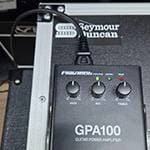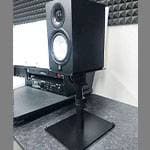These days, it feels like more and more guitarists and bassists are creating their sound using multi-effects pedals or guitar processors. Many people most likely practice at home with headphones or earphones, then connect directly into the return input at studio rehearsals or live shows. I'm one of those people myself. It’s something that everyone like us experiences at least once. That is, the problem of the sound you created at home sounds completely different when playing in the studio. The preset you made at home can sound so different in the studio that you end up having to redo your entire tone before band practice, and it's happened more than once or twice. It's not just that it wastes time, but more than anything, it's disheartening when the great sound you worked so hard to make ends up sounding totally different.
This time, I’d like to introduce a fantastic piece of gear that can help solve that frustrating problem. Here it is!
PLAYTECH / GPA-100 Pedal-Type Power Amp
This product is a pedal-type power amp. While it won’t make things sound exactly the same, it allows you to get a sound much closer to what you’ve been creating at home. I’ll explain why that is, using some diagrams to help illustrate the point.
01. Why does the sound change when using the return input?
When creating tones with a multi-effects unit while wearing headphones, you likely choose an amp and cabinet model. Many units offer a variety of amp simulations, and most people probably find their favorite and build presets based on that. In this case, the signal chain looks something like this:

But when you plug into the return input, the setup changes like this:

Comparing the two, you can see that the role of the multi-effects unit is reduced when using the return input. Also, unlike when you're playing at home, a real power amp and cabinet are added to the chain. This is the main reason why the sound changes.
02. What changes when you swap the power amp?
Power amps and cabinets both have distinct characteristics depending on the manufacturer. They play a major role in shaping what we refer to as the “Marshall sound” or the “Jazz Chorus sound.” These characteristics are part of what makes each amp unique and appealing. However, when you plug into the return input, those traits, depending on how they match with your multi-effects unit, can cause the sound to deviate from what you originally intended.
This is where a clean, transparent power amp comes in. By using one with minimal coloration, you can get much closer to the tone you created. Also, since each studio has different amps, you often end up having to tweak your sound all over again depending on where you go. The GPA-100, being compact and portable, solves that problem by letting you bring your own consistent power amp anywhere, ensuring stable sound wherever you are.
At this point, you might be thinking: “Wait, if the cabinet is still different, won’t the sound change anyway?” You’re absolutely right. Cabinets also play a huge role in shaping your tone. But since owning and lugging around your own cabinet can be expensive and physically demanding, this time we’ll be focusing on the power amp as a more cost-effective and weight-efficient solution.
03. Let’s Try the GPA-100!
Now that we’ve covered the background, let’s finally get to the main topic! This time, I tested the setup using the following gear configuration:
| Guitar | :Sugi DS496 |
|---|---|
| Guitar Processor | :Fractal Audio AXE-FX3 |
| Amp | :Marshall JVM210H |
| Cabinet | :Marshall 1960A |
| Power Amp | :Playtech GPA-100 |
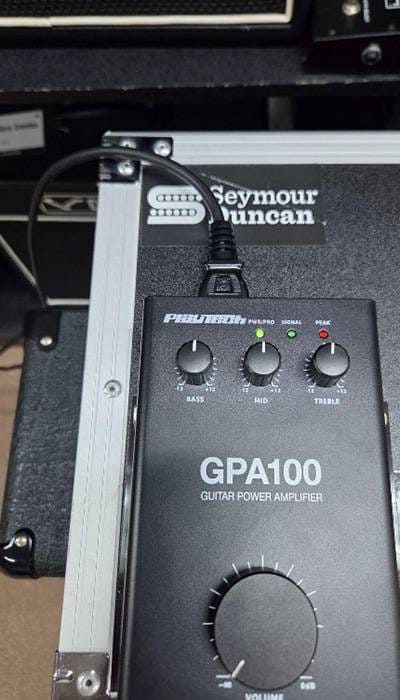
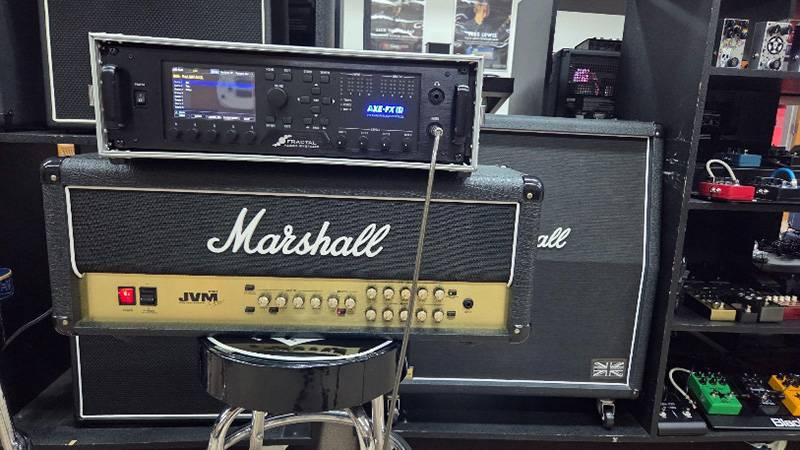
First, I tried plugging into the return input. It sounded good, sure, but it still wasn’t quite the tone I had created. For this test, I used a Peavey amp model on the processor, but the high, tightly packed, gritty tone definitely had a bit of that Marshall-like character to it.
Next, I connected the GPA-100 and gave it a try. Wow—this is great! The high end had more bite and crunch compared to before, and it felt much closer to the tone I had originally dialed in. Even the low-end thump during palm muting sounded much more like what I was aiming for.
04. The 3-BAND EQ Covers All the Bases!
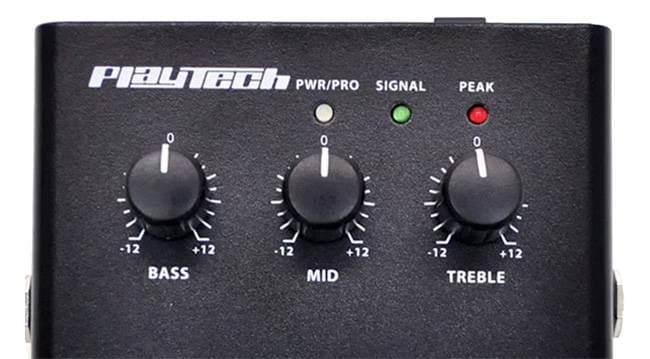
The GPA-100 features a 3-band EQ on the top panel, and it works really well. When you just want to make quick EQ tweaks in a studio or live house, doing it through a multi-effects unit can be a hassle—you have to press buttons, navigate menus, make changes, and save all of your progress. But with this 3-band EQ, you can adjust your tone instantly and intuitively.
Thanks to this feature, the usability of the unit is significantly improved. Volume control is also very flexible. You can dial it down to levels suitable for home practice, or crank it up for live performance at a venue.
05. Conclusion
In this article, we focused on using a power amp to more accurately reproduce the tone you want with a multi-effects pedal when playing in a studio setting. What did you think? While I used a guitar processor this time, you can also connect a compact preamp instead. It works just as well. You can even go straight from your pedalboard to a cabinet!
If you usually plug into the return input but always feel like something’s a bit off, this is definitely worth trying.





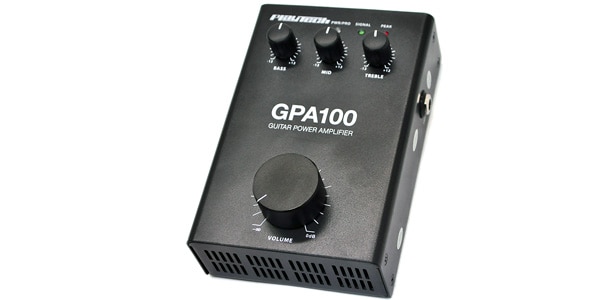


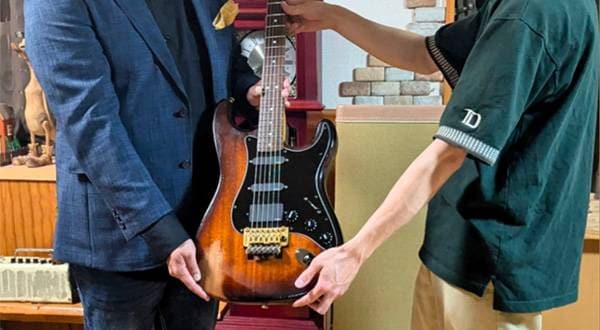
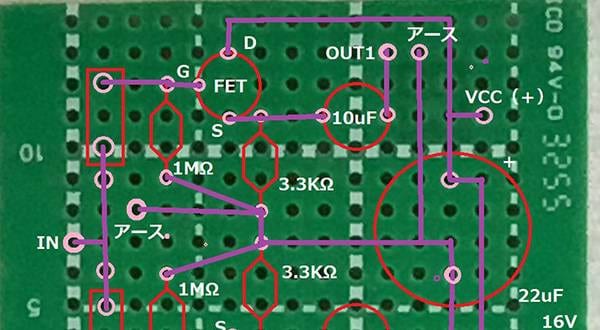
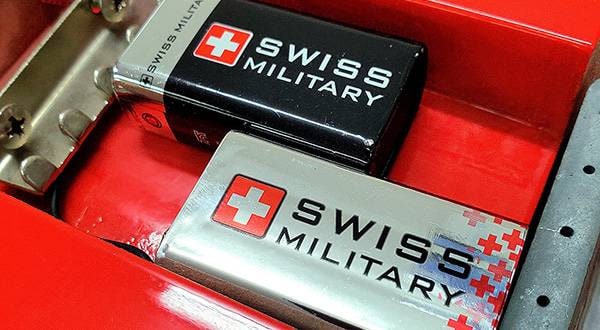

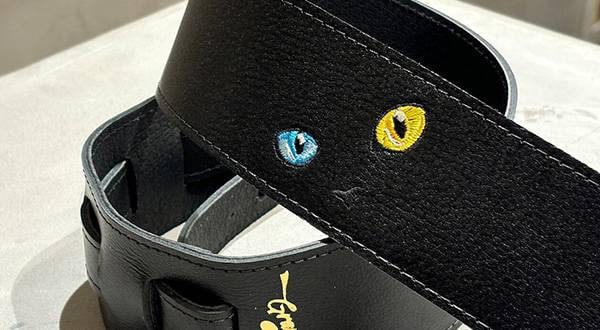

![[2025 Edition] Recommended Guitar Amps at Sound House!](/contents/uploads/thumbs/2/2023/11/20231107_2_24499_1.jpg)
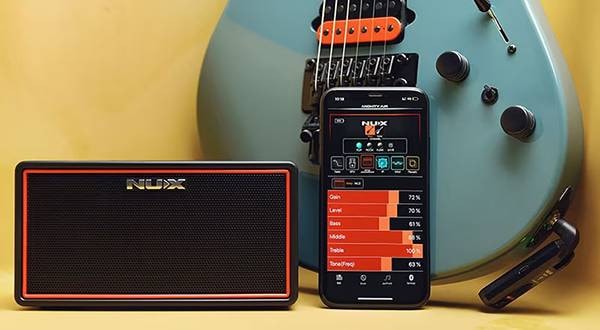

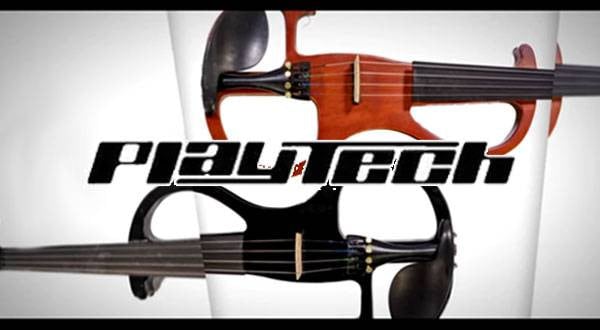

 初心者必見!PLAYTECH 激スゴの理由!
初心者必見!PLAYTECH 激スゴの理由!
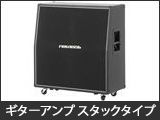 ギターアンプ スタックタイプ編
ギターアンプ スタックタイプ編
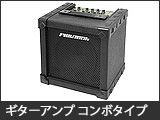 ギターアンプ コンボタイプ編
ギターアンプ コンボタイプ編
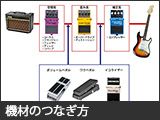 エフェクターのつなぎ方
エフェクターのつなぎ方
 エフェクターの種類
エフェクターの種類
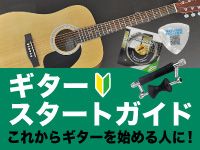 ギタースタートガイド
ギタースタートガイド
